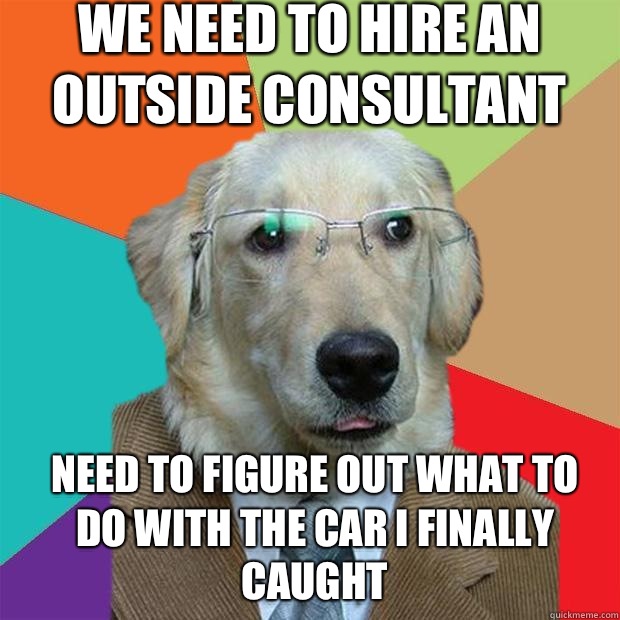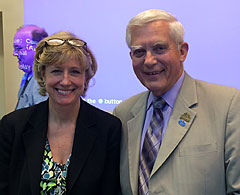We thought we’d pass along a couple of print media articles that have some interesting insights into the ‘public transit’ domain. The first dates from a year and a half ago, and can be found here:
The head and sub-head read as follows:
Expansion of passenger trains in Maine takes slow track
Taking the Downeaster beyond Brunswick hinges on crucial projects and powers of persuasion.
By Colin Woodard Portland Press Herald
It’s a fairly broad and deep review of the various initiatives being considered as of that date. As you’ll see when you read it, everyone believes in the Washington Tooth Fairy. They expect a government that is broke, and survives only by printing and borrowing money, to be the supplier of all the funds local and state governments don’t have, and to make every wish, no matter how unrealistic and far-fetched, come true.
Here are a few passages from a rather lengthy article:
The Downeaster’s expansion to Freeport and Brunswick Nov. 1 — a project decades in the making — has been celebrated by public officials, local businesspeople, and travelers, and fueled excitement that passenger rail might soon return to Augusta, Gardiner, Auburn and other cities.
Ironically, passenger rail service north and east of Brunswick is likely to shrink rather than expand in the months and years ahead because of missing pieces of infrastructure on the Downeaster’s current lines. Until those improvements can be built, allowing the Downeaster to run faster and more frequently between Boston and Brunswick, plans to run connecting commuter trains to Augusta are on hold, and a seasonal service to Bath, Wiscasset and Rockland may be scaled back. Meanwhile, future expansions to Auburn and Montreal may have to take a back seat to making improvements on other parts of the line.
“It’s not what we asked for,” says Wayne Davis, chairman of Train Riders/Northeast, the advocacy group that has championed the cause of passenger rail in Maine since 1989. “We’ll suffer through what we’ve got for the winter, but we don’t see what we have as success” for the Brunswick extension, which also serves Freeport.
The Portland-based Northern New England Passenger Rail Authority, the quasi-state agency that runs the Downeaster, applied for a $25 million U.S. Department of Transportation grant last year that would have allowed the projects to go forward, but they were beaten by rival expansion projects elsewhere in the country. For practical purposes, the federal government is the only foreseeable source of major funding, so the project must wait for another federal grant opportunity to surface.
Note that since this article ran, NNEPRA also applied for a grant in the 2013 cycle, and was beaten again by competing applications. As we reported recently, they’ve applied for a TIGER grant again this year, and the funds available for teeth under the pillow are only about 10% of the total asked for in applications.
Both intercity rail expansions would require a lot of money, however, and a 2011 Maine Department of Transportation study suggests ridership would be limited.
Running three round-trips a day between Auburn and Portland on the Downeaster was estimated to require at least $107 million in upfront investments — including a new train set — and a $2.5 million annual operating subsidy. The study predicted 30,000 people would use it annually. Running the trains directly to Boston would more than double the cost while boosting ridership only to 45,800.
“Whereas it would be fun to have an intercity train that runs three times a day from Portland, that’s not going to help,” says LaBonte, who is most interested in connecting Lewiston-Auburn with commuter job opportunities in Portland. “In terms of where we can invest best for the dollar, I can help more people get access to jobs with a bus than with either an intercity or a commuter train.”
COMMUTER TRAINS INSTEAD?
But Freeport Town Councilor Kristina Egan, former director of the South Coast Rail commuter project in Massachusetts, says commuter trains may provide a cost-effective alternative to buses moving commuters between Portland, Westbrook, South Portland and Lewiston-Auburn. Rather than using heavy passenger trains, the system might use self-propelled rail cars called Diesel Multiple Units that allow for more frequent and cost-effective service.
It would be ‘fun????’ That touches on a key aspect of the discussion. The entire thrust is driven more by emotion and love of choo-choos than by common sense, economic reality, and critical thought. $40 million or so has already been speculated on the Portland to Brunswick extension, and they need another $30 million or so to ‘optimize’ the service. Considering it’s all borrowed OPM, we’ll round that off to at least $100 million with interest.
Add to that perpetual operating subsidies in the range of $2-3 million a year for the Brunswick run, and you have a real money sump with no objective proof of any benefit. And a service that could not stand a public airing of a direct comparison with bus service that would be infinitely more flexible, earth friendly, and affordable. Especially when capital project funding is considered.
There we go again being rational. What is wrong with us???? Maybe it’s the kool-aid shortage in Side offices.
More recently, the Economist ran a pithy piece on how federal funds invite children to play in the public transit sandbox. You can find it here:

As you will quickly see, the amount of dollars that zealots will throw into such ‘blunders’ is staggering. And why not? It’s all funny money we don’t have and don’t intend to pay back. And no-one, we repeat no-one, is held accountable when they suck the public into abject loser projects based on rosy consultant story-lines.

It’s all good and all wins for the select few, and all bad for the overwhelming majority of us who are expected to pay for it all without complaint.

Listen to the visionaries, they say. Well, tell you what. We’re up to here with the blather that spews from them, and the echoes it generates in obsequious small town promoters.


On a gentler note, may all the bumps in your road be ‘traffic-calming’ raised crosswalks. And don’t bother trying to calculate how many potholes each might have filled.

No comments:
Post a Comment